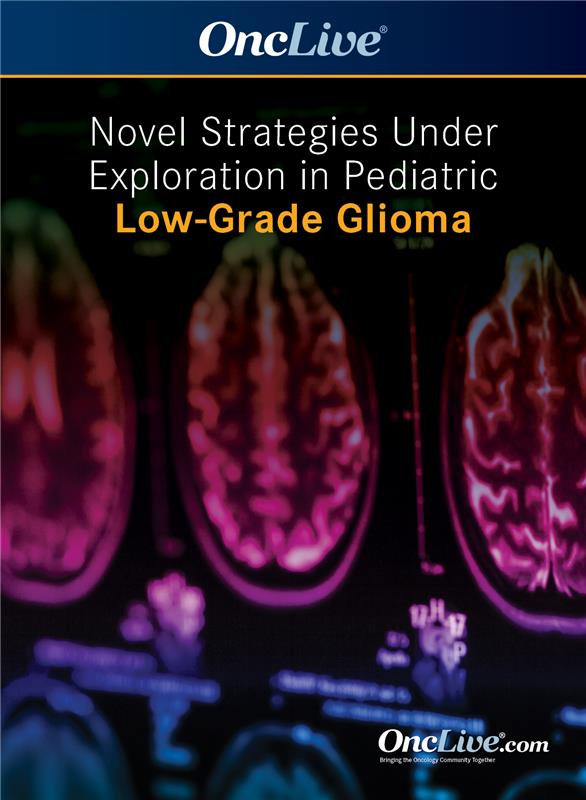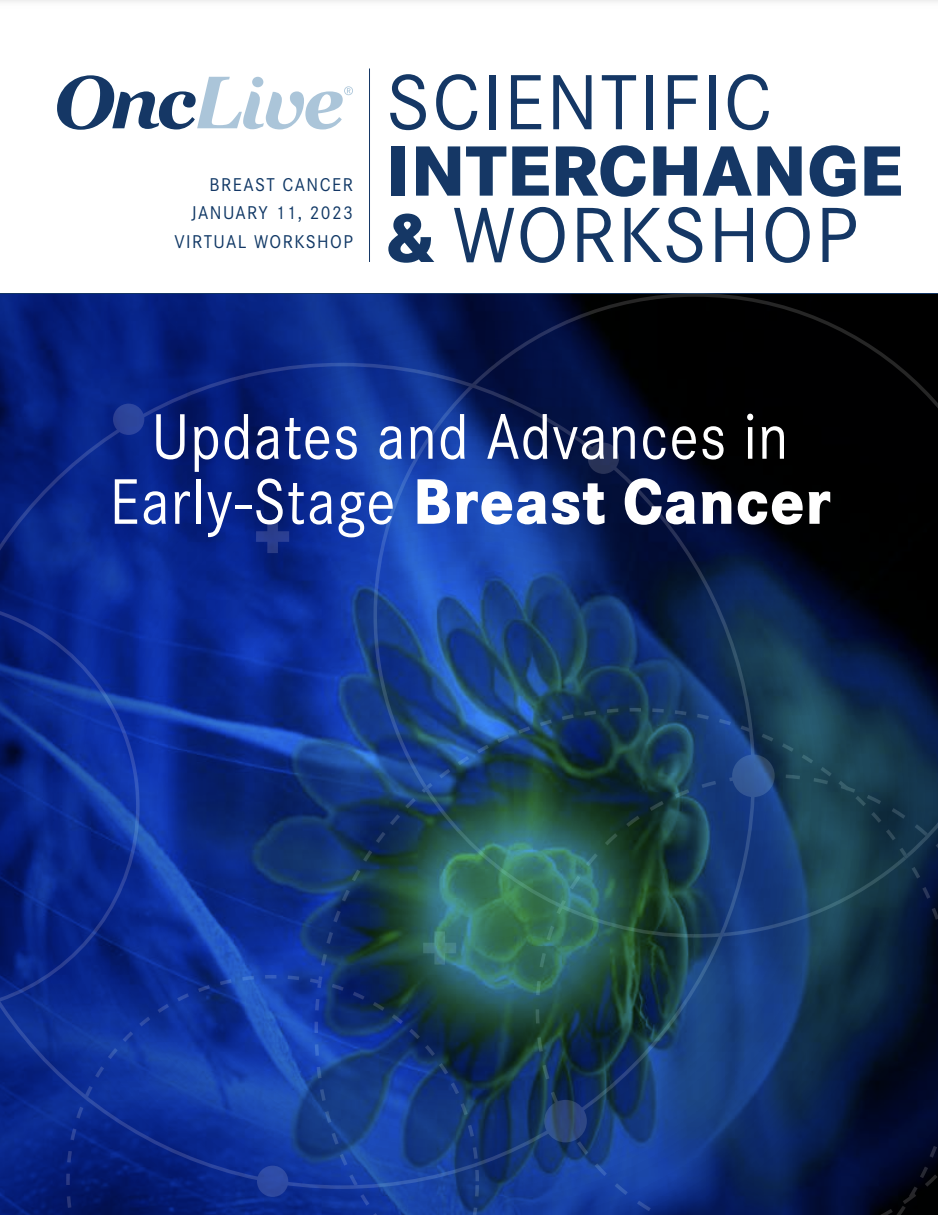Commentary
Video
Dr Wen on the Evaluation of Vorasidenib in IDH1- and IDH2-Mutated Low-Grade Glioma
Author(s):
Patrick Y. Wen, MD, discusses the evaluation of vorasidenib in IDH1- and IDH2-mutated low-grade glioma, as evaluated in the phase 3 INDIGO trial.
Patrick Y. Wen, MD, director, Center for Neuro-Oncology, institute physician, Dana-Farber Cancer Institute, professor, neurology, Harvard Medical School, discusses the evaluation of vorasidenib in IDH1- and IDH2-mutated low-grade glioma, as evaluated in the phase 3 INDIGO trial (NCT04164901).
Patrick Y. Wen, MD, director, Center for Neuro-Oncology, institute physician, Dana-Farber Cancer Institute, professor, neurology, Harvard Medical School, discusses the evaluation of vorasidenib in IDH1- and IDH2-mutated low-grade glioma, as evaluated in the phase 3 INDIGO trial (NCT04164901).
The INDIGO study is a multicenter, randomized, double-blind, placebo-controlled trial which sought toevaluate and compare the efficacy of vorasidenib, an oral brain-penetrant inhibitor of mutant IDH1 and IDH2 enzymes, with placebo in patients with residual or recurrent grade 2 glioma with an IDH1 or IDH2 mutation. These patients will have undergone surgery as their only previous treatment.
The objective of the INDIGO trial is to assess whether this drug could effectively stabilize tumors, thereby postponing the need for radiation and chemotherapy, particularly in the context of a younger patient demographic, Wen begins. Although conventional treatments show efficacy in this population, they often lead to neurocognitive issues after a decade or more, he states.
The primary end point of the trial focused on progression-free survival (PFS), and the trial was halted during the second interim analysis due to observed efficacy, demonstrating a significant extension in PFS, Wen continues. Notably, the secondary end point of time to next tumor treatment also revealed noteworthy efficacy in delaying the need for additional interventions, aligning with this key study objective, he emphasizes.
The trial evaluated a total of 331 patients, and those who received treatment with placebo exhibited an 11.1-month median PFS, whereas the vorasidenib group demonstrated a median PFS of 27.7 months. The hazard ratio was 0.39 (95% CI, 0.27-0.56; P < .001), Wen states. In terms of time to next tumor intervention, the median duration for the placebo group was 17.8 months, whereas for vorasidenib, the median time has not been reached. The hazard ratio was 0.26 (95% CI, 0.15-0.43; P < .001), Wen concludes.










